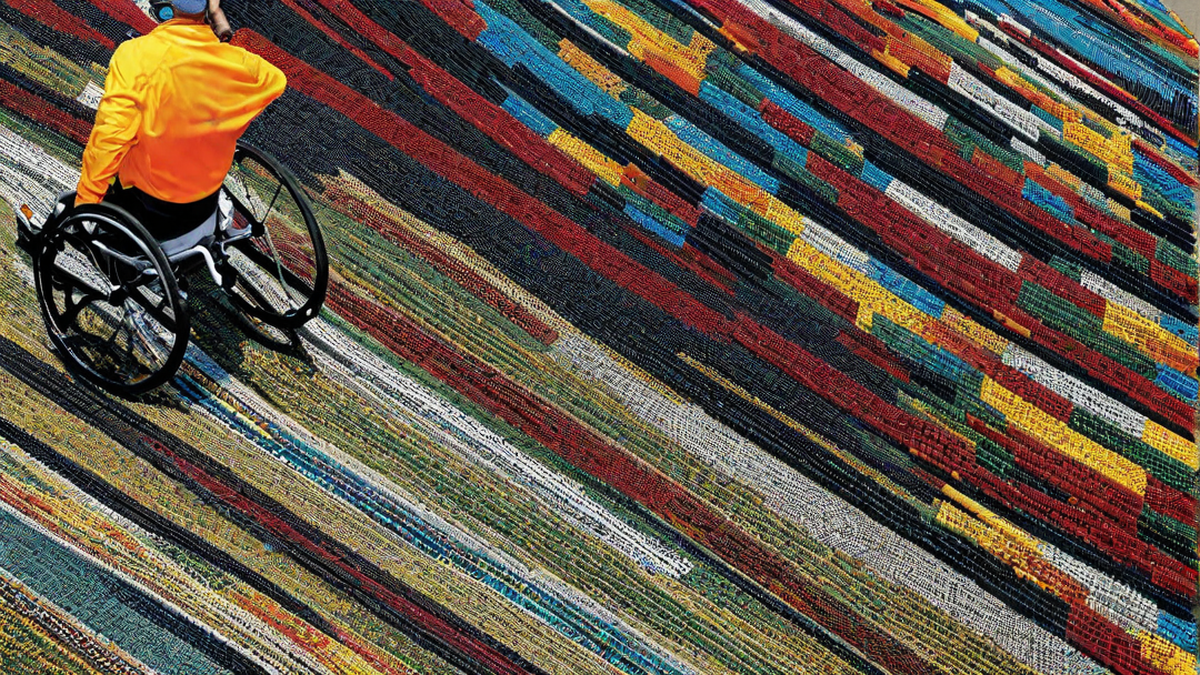In the world of marathons, there are many incredible feats of endurance and determination. One such feat is completing a marathon in a wheelchair. As a runner and a sports enthusiast, I have always been fascinated by the physical and mental challenges that wheelchair marathoners face. In this article, I will dive deep into the details of just how long a wheelchair marathon is and shed light on the unique aspects of this inspiring event.
A wheelchair marathon is the same distance as a traditional marathon – 26.2 miles or 42.195 kilometers. The race follows the same course and rules as a standard marathon, with the only difference being that participants use a wheelchair for mobility. This means that wheelchair athletes, just like their running counterparts, must navigate the same road closures, inclines, and weather conditions. It truly is a test of strength and endurance.
To put the distance into perspective, imagine propelling yourself forward for 26.2 miles using only your arms and upper body strength. It requires an incredible amount of upper body muscle endurance and a strong mental fortitude to complete such a grueling challenge. The physical effort involved in a wheelchair marathon is immense, and the athletes who take on this feat deserve our utmost respect and admiration.
Wheelchair athletes must also consider the type of wheelchair they use for the marathon. Racing wheelchairs are specifically designed for speed and maneuverability, with lightweight frames and aerodynamic shapes. These specialized wheelchairs enable athletes to maximize their performance and efficiency during the race. It’s fascinating to see the engineering that goes into creating these high-performance wheelchairs.
As with any marathon, wheelchair participants need to train rigorously in order to be prepared for the physical demands of the race. Endurance training, strength exercises, and wheelchair-specific drills all play a crucial role in their training regimen. They also need to practice proper wheelchair propulsion techniques to optimize their speed and efficiency.
During a wheelchair marathon, participants face unique challenges that set it apart from traditional marathons. For example, navigating tight turns at high speeds requires exceptional skill and coordination. Additionally, maintaining balance and control on steep descents and ascents can be particularly challenging. Wheelchair marathoners must be constantly aware of their environment and make split-second decisions to navigate obstacles and maintain their pace.
It’s important to recognize that wheelchair marathons are not just about the physical aspect; they are also about breaking barriers and challenging stereotypes. These marathons demonstrate that individuals with disabilities can achieve incredible feats and participate in demanding sports. By showcasing their skills and determination, wheelchair athletes inspire others to push beyond their perceived limitations and embrace a life of possibility.
In conclusion, a wheelchair marathon is the same distance as a traditional marathon, encompassing 26.2 miles or 42.195 kilometers. Despite the physical and mental challenges, wheelchair marathoners show incredible resilience and determination. Their ability to overcome obstacles and break barriers is awe-inspiring. So the next time you hear about a wheelchair marathon, remember the incredible effort and spirit that goes into completing such a race. It’s a true testament to the power of the human spirit.

